American automotive manufacturing has always been a tale of two extremes: brilliant engineering triumphs that define generations and spectacular failures that become cautionary tales.
While foreign competitors have often dominated reliability rankings, several US-built vehicles have proven their mettle through decades of faithful service, earning devoted followings and impressive longevity records.
These automotive success stories showcase American ingenuity at its finest, combining robust engineering with practical design to create vehicles that owners can depend on for hundreds of thousands of miles.
However, the same industry that produced these legendary workhorses has also unleashed some truly problematic vehicles upon unsuspecting consumers. These automotive disasters, plagued by fundamental design flaws, poor quality control, and questionable engineering decisions, have left lasting scars on both owners’ wallets and the manufacturers’ reputations.
From rushed development cycles to cost-cutting measures that sacrificed reliability, these vehicles serve as reminders of what happens when corporate priorities overshadow engineering excellence.
This examination of American automotive extremes reveals valuable lessons about what makes a vehicle truly dependable versus what creates a mechanical nightmare. Understanding these successes and failures helps illuminate the complex factors that determine whether a car becomes a cherished classic or a regrettable mistake that owners can’t wait to trade in.
5 US-Built Cars That Stand the Test of Time
These exceptionally durable vehicles feature robust American engineering and precision-manufactured components that maintain optimal performance through decades of operation, proving domestic manufacturing excellence against international competition.
Their thoughtful engineering includes proven powertrains and durable construction that resist the stress concentrations typically created by harsh American driving conditions, extreme weather variations, and demanding consumer expectations.
From cast-iron engine blocks that provide exceptional longevity to straightforward mechanical systems that mechanics can easily service, these remarkable automobiles continue operating like new without developing expensive failures.
Owners report decades of trouble-free operation with these dependable machines, an often-overlooked achievement that proves its worth through consistent reliability and maintained American manufacturing pride throughout ownership.
1. Ford F-150 (1975-Present)
The Ford F-150 represents perhaps the most successful American vehicle ever produced, earning its reputation through consistent reliability, versatility, and continuous improvement over nearly five decades.
Since its introduction in 1975, the F-150 has dominated the full-size pickup truck market, becoming America’s best-selling vehicle for over four decades.
This remarkable longevity stems from Ford’s commitment to evolutionary rather than revolutionary changes, ensuring that each generation builds upon proven strengths while addressing previous weaknesses.
The F-150’s reliability foundation rests on its robust body-on-frame construction, which provides exceptional durability for both work and recreational applications. Ford’s engineers have consistently prioritized functionality over flashiness, creating powertrains that emphasize longevity and serviceability.
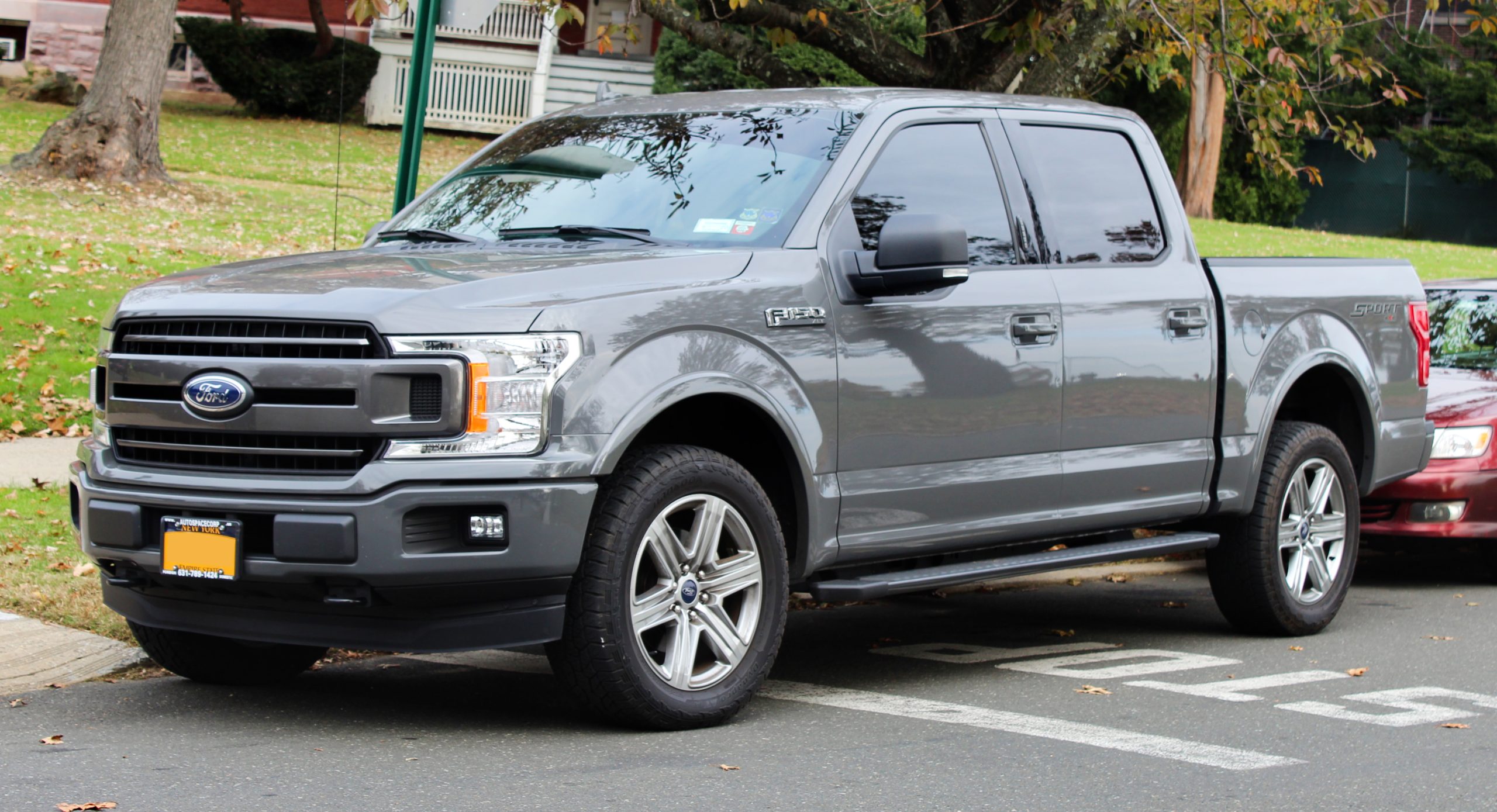
The truck’s modular design philosophy allows for easy maintenance and repair, with most components accessible to both professional mechanics and skilled DIY enthusiasts. This accessibility has contributed significantly to the F-150’s impressive longevity records, with many examples surpassing 300,000 miles with proper maintenance.
Throughout its evolution, the F-150 has successfully adapted to changing market demands while maintaining its core strengths. The introduction of aluminum body panels in 2015 demonstrated Ford’s willingness to embrace innovation without sacrificing reliability, resulting in improved fuel efficiency and corrosion resistance.
The truck’s electrical systems have generally proven dependable, avoiding the complex electronic failures that plague many modern vehicles.
Owner loyalty remains exceptionally high, with many F-150 buyers purchasing multiple trucks throughout their lifetimes, a testament to the vehicle’s proven track record and consistent performance across diverse applications.
2. Chevrolet Silverado 1500 (1999-Present)
The Chevrolet Silverado 1500 emerged as a formidable competitor in the full-size pickup segment, building upon General Motors’ decades of truck-building expertise to create a vehicle renowned for its durability and reliability.
Introduced in 1999 as a replacement for the C/K series, the Silverado incorporated lessons learned from previous generations while introducing modern safety features and improved build quality.
The truck’s success stems from GM’s conservative engineering approach, favoring proven technologies over cutting-edge innovations that might compromise long-term reliability.
The Silverado’s powertrain lineup has consistently delivered impressive longevity, particularly the legendary 5.3-liter V8 engine that has powered millions of trucks with minimal issues.
This engine’s design emphasizes simplicity and durability, featuring robust internals and conservative tuning that prioritize reliability over peak performance.
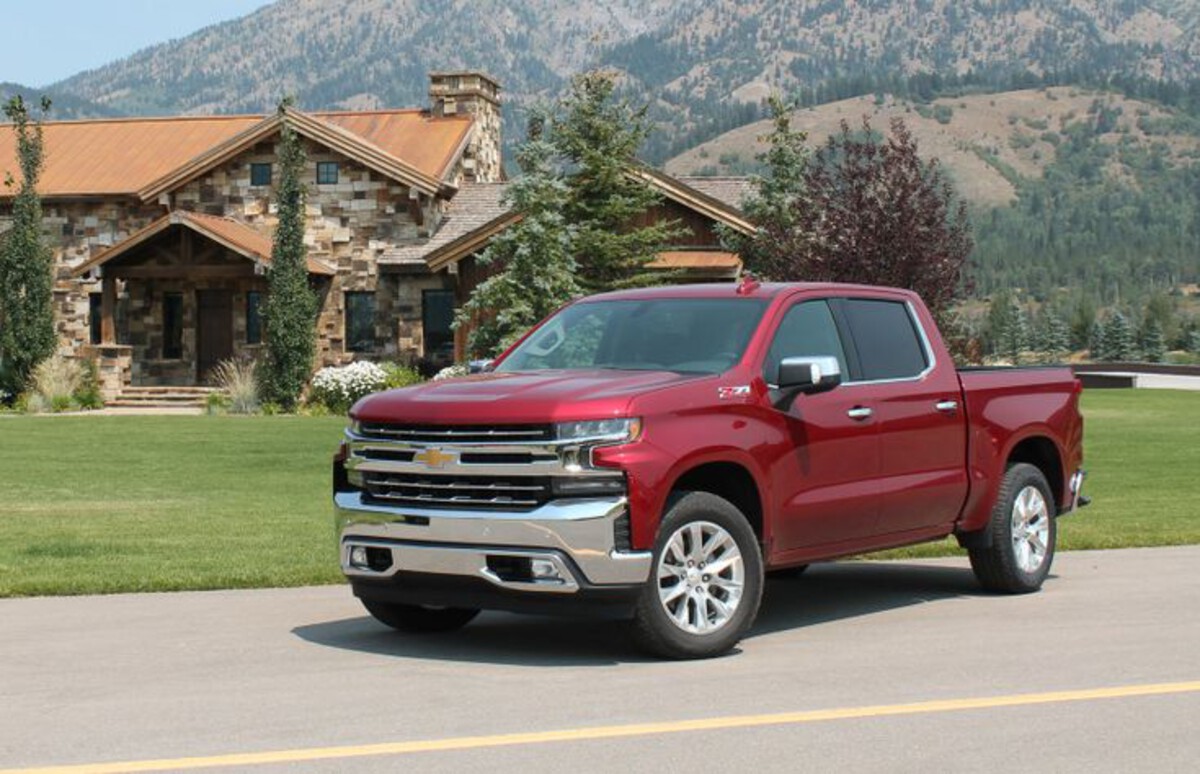
The truck’s transmission options, including both manual and automatic variants, have generally proven dependable when properly maintained.
GM’s attention to cooling system design has prevented many of the overheating issues that plague other manufacturers, contributing to the Silverado’s reputation for consistent operation even under demanding conditions.
Quality control improvements implemented throughout the Silverado’s production run have addressed early concerns about fit and finish, resulting in a vehicle that not only performs reliably but also maintains its appearance over time. The truck’s suspension components are designed for durability, with heavy-duty options available for buyers who demand maximum toughness.
Interior materials have shown good resistance to wear, and the truck’s electrical systems have avoided the complexity that creates reliability issues in other vehicles. These factors combine to create a truck that owners can depend on for both daily transportation and heavy-duty work applications.
3. Ford Crown Victoria (1992-2011)
The Ford Crown Victoria stands as a testament to the enduring appeal of simple, robust automotive engineering in an era increasingly dominated by complex electronic systems and cost-cutting measures.
Built on Ford’s proven Panther platform, the Crown Victoria served as the backbone of American law enforcement and taxi fleets for nearly two decades, earning its reputation through consistent performance under the most demanding conditions imaginable.
Police departments and taxi companies, notorious for their focus on reliability and low operating costs, chose the Crown Victoria repeatedly, validating its exceptional durability and dependability.
The vehicle’s body-on-frame construction provided exceptional strength and crashworthiness, while its spacious interior and large trunk made it ideal for both professional and personal use.
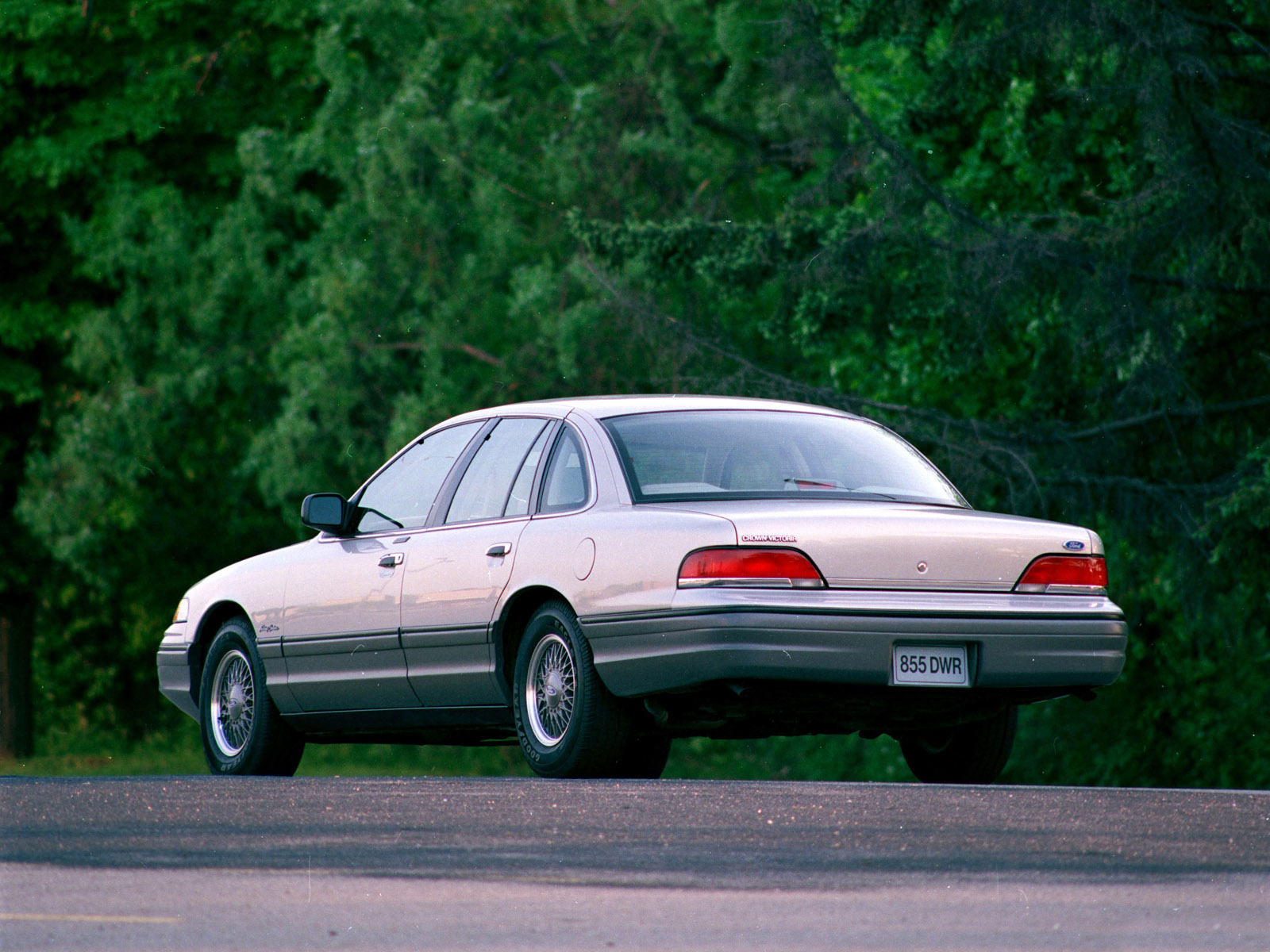
The Crown Victoria’s 4.6-liter V8 engine, while not particularly powerful by modern standards, delivered impressive reliability and reasonable fuel economy for its size.
This engine’s design prioritized longevity over performance, featuring conservative tuning and robust internals that could withstand hundreds of thousands of miles of service.
The transmission, cooling system, and electrical components all demonstrated remarkable durability, contributing to the Crown Victoria’s reputation as a vehicle that simply refused to quit running.
Perhaps most importantly, the Crown Victoria’s design philosophy emphasized serviceability and parts availability. Mechanics familiar with the vehicle could diagnose and repair problems quickly, while the widespread use of the Panther platform ensured that replacement parts remained readily available and affordable.
This combination of reliability and practicality created a vehicle that owners could maintain economically throughout its extended service life, making it an excellent choice for budget-conscious buyers who prioritized dependability over modern amenities.
4. Jeep Wrangler (1987-Present)
The Jeep Wrangler represents a unique success story in American automotive history, maintaining its essential character and reliability while adapting to modern safety and efficiency requirements.
As the direct descendant of the original World War II Jeep, the Wrangler has preserved the simple, robust engineering principles that made its ancestors legendary for durability and capability.
This unwavering commitment to proven design philosophies has resulted in a vehicle that consistently delivers reliable performance across diverse terrain and weather conditions.
The Wrangler’s body-on-frame construction provides exceptional strength and flexibility, allowing the vehicle to withstand the stresses of serious off-road use while maintaining structural integrity over time.
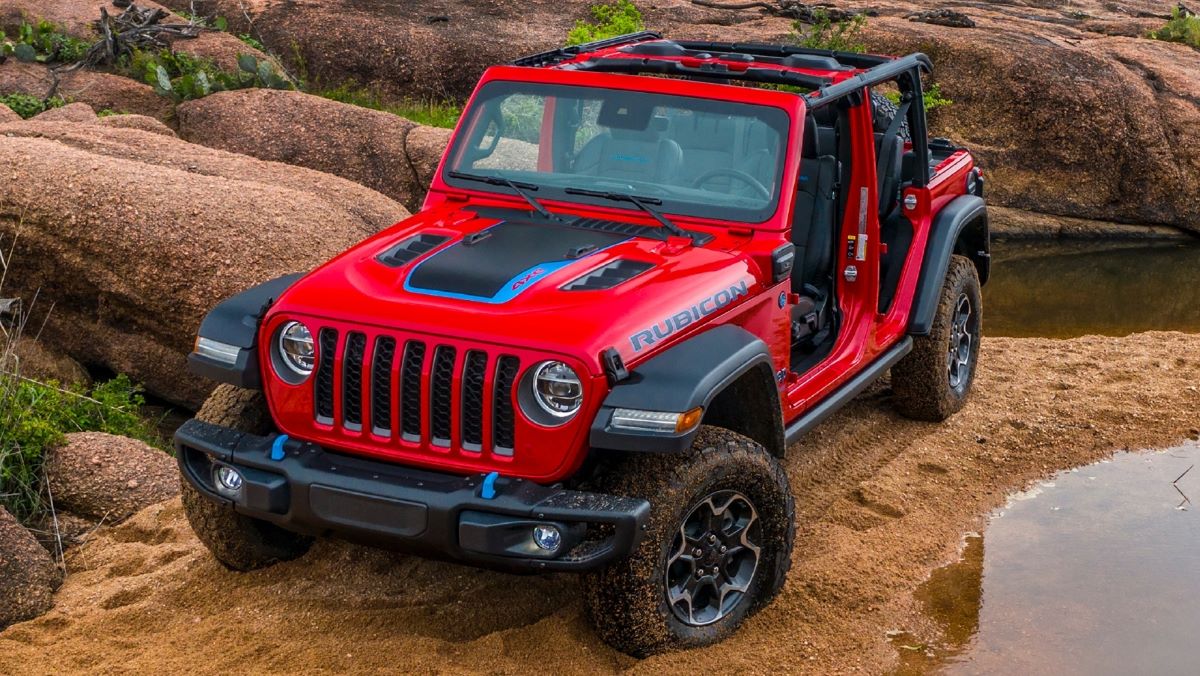
The truck’s solid axles, while less refined than independent suspension systems, offer superior durability and easier maintenance, contributing to the Wrangler’s reputation for long-term reliability.
Jeep’s engineers have consistently prioritized functionality over comfort, creating mechanical systems that emphasize simplicity and repairability rather than complexity and sophistication.
The Wrangler’s powertrain options have generally proven dependable, with the 4.0-liter inline-six engine becoming legendary for its durability and longevity.
This engine’s design featured robust internals and conservative tuning that allowed it to operate reliably even under extreme conditions. More recent engine options have maintained this tradition of reliability while improving fuel efficiency and emissions performance.
The vehicle’s transfer case and differential systems have demonstrated exceptional durability, while the manual transmission options provide direct driver control and long-term reliability.
These mechanical advantages, combined with the Wrangler’s cult-like following among enthusiasts, have created a vehicle that retains its value exceptionally well while providing decades of dependable service.
Also Read: 5 Used Cars That Pass Inspection Every Time and 5 That Always Need Something
5. Ford Mustang (1964-Present)
The Ford Mustang’s remarkable longevity and enduring popularity stem from Ford’s ability to balance performance, style, and reliability across six decades of production.
While not all Mustang generations have achieved equal success, the model’s overall track record demonstrates impressive engineering consistency and adaptability to changing market conditions.
The Mustang’s success lies in Ford’s commitment to evolutionary development, ensuring that each generation builds upon proven strengths while addressing previous weaknesses and incorporating modern technology.
The Mustang’s engine lineup has consistently delivered reliable performance, from the economical four-cylinder options to the powerful V8 variants that define the model’s performance image.
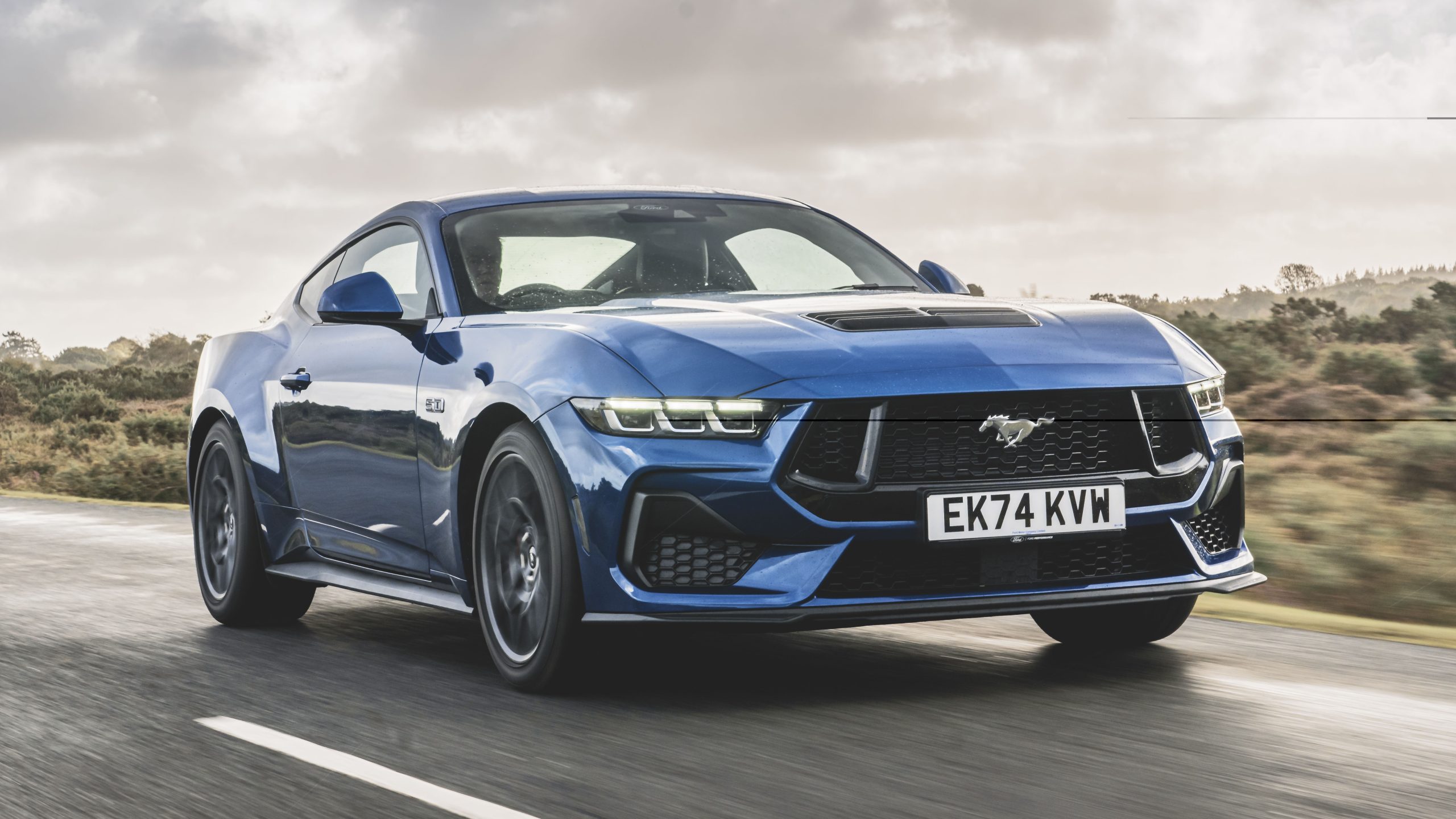
Ford’s conservative approach to powertrain development has resulted in engines that provide good longevity when properly maintained, avoiding the reliability issues that plague some high-performance vehicles.
The car’s rear-wheel-drive layout and independent rear suspension (in recent generations) provide an excellent balance of performance and durability, while the solid rear axle in earlier models offered simplicity and strength.
Perhaps most importantly, the Mustang’s widespread popularity has ensured excellent parts availability and extensive aftermarket support, making long-term ownership both practical and affordable.
The vehicle’s relatively simple mechanical systems allow for straightforward maintenance and repair, while the large enthusiast community provides valuable knowledge and resources for owners.
This combination of proven reliability, strong community support, and emotional appeal has created a vehicle that owners often maintain for decades, a testament to both its mechanical durability and its enduring place in American automotive culture.
5 US Cars That Should Never Have Left the Factory
These problematic vehicles demonstrate recurring catastrophic failures that caused embarrassing breakdowns and expensive recalls, creating damaging scenarios that reinforced negative perceptions about American automotive quality during critical competitive periods.
Their compromised engineering includes flawed designs prone to premature failure, creating ongoing reliability disasters that generated devastating warranty claims and customer abandonment.
From transmission problems that required multiple recalls to electrical issues that caused safety concerns, these unreliable vehicles generated extensive negative documentation and damaged domestic brand credibility.
Consumers frequently reported complete system failures with these quality-deficient machines a reflection of rushed production that prioritized cost reduction over traditional American craftsmanship and rigorous testing throughout the manufacturing process.
1. Ford Pinto (1971-1980)
The Ford Pinto stands as perhaps the most notorious failure in American automotive history, representing a catastrophic combination of poor engineering decisions, inadequate safety testing, and corporate cost-cutting that prioritized profits over human safety.
Rushed into production to compete with imported economy cars, the Pinto’s development process sacrificed fundamental safety considerations in favor of meeting aggressive weight and cost targets.
The resulting vehicle suffered from numerous design flaws, but none more infamous than its vulnerable fuel system that could rupture during rear-end collisions, potentially causing fires that trapped occupants.
The Pinto’s problems extended far beyond its well-documented safety issues. The vehicle’s build quality was consistently poor, with numerous reliability problems plaguing owners throughout its production run. The car’s 2.0-liter engine, while adequate for basic transportation, suffered from premature wear and frequent failures.
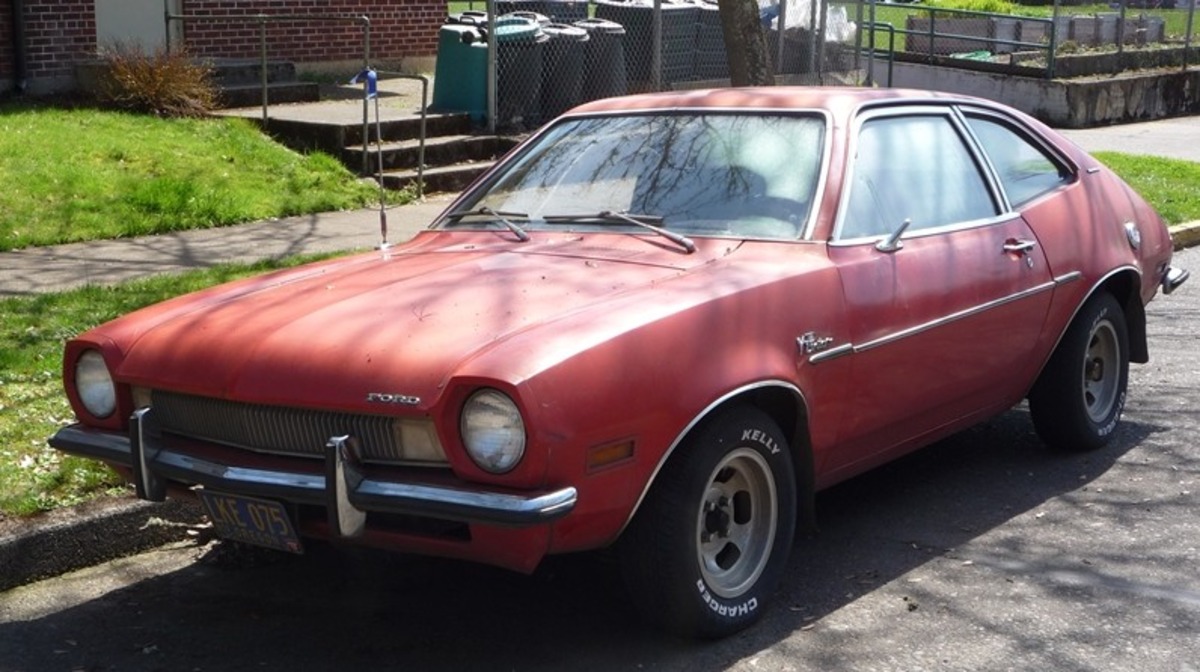
Carburetor problems, cooling system issues, and electrical gremlins created ongoing maintenance headaches for owners. The transmission, both manual and automatic variants, demonstrated poor durability and required frequent repairs.
These mechanical problems were compounded by substandard materials and manufacturing processes that resulted in premature rust, interior component failures, and overall poor longevity.
The Pinto’s legacy extends beyond its immediate failures to represent a fundamental breach of trust between manufacturer and consumer. Ford’s internal documents revealed that the company was aware of the fuel system’s dangers but calculated that paying injury settlements would be less expensive than implementing design changes.
This callous approach to safety and quality control created lasting damage to Ford’s reputation and contributed to increased government regulation of automotive safety standards. The Pinto’s failure demonstrated the consequences of prioritizing short-term profits over long-term reputation and customer safety.
2. Chevrolet Vega (1970-1977)
The Chevrolet Vega represents one of General Motors’ most ambitious failures, a vehicle that promised to revolutionize American small car manufacturing but instead delivered a litany of reliability problems that damaged GM’s reputation for decades.
Designed to compete with imported economy cars, the Vega incorporated several innovative technologies, including an aluminum engine block and advanced manufacturing techniques. However, these innovations were poorly executed, resulting in a vehicle that looked promising on paper but proved disastrous in real-world use.
The Vega’s most significant problem lay in its revolutionary aluminum engine, which suffered from fundamental design flaws that made long-term reliability impossible.
The engine block’s aluminum construction, while lightweight, lacked proper cylinder liner technology, causing the cylinders to wear rapidly and create excessive oil consumption.
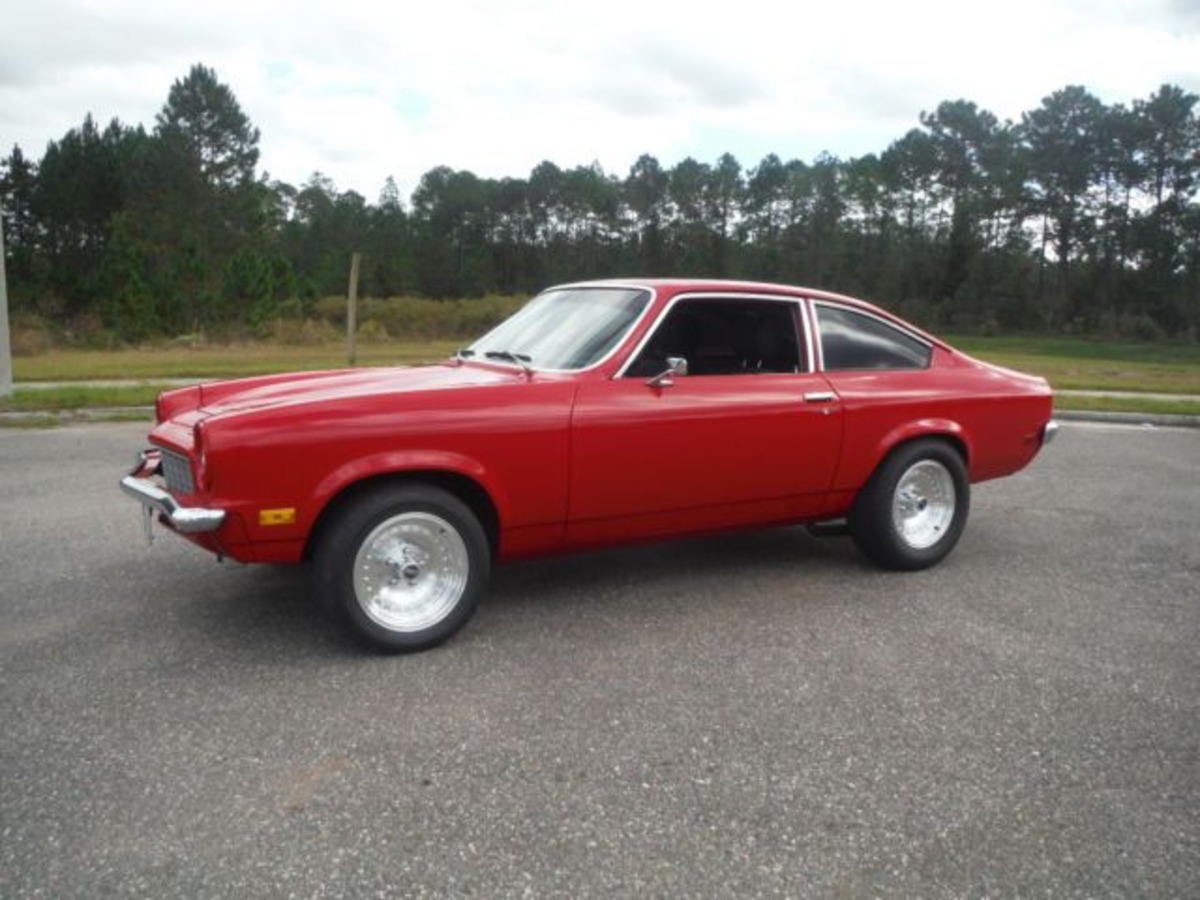
This design flaw resulted in engines that frequently required major repairs or complete replacement within 50,000 miles, an unacceptable lifespan that created enormous warranty costs for GM and frustration for owners.
The engine’s cooling system was inadequate, leading to overheating problems that accelerated the already rapid cylinder wear.
Beyond the engine problems, the Vega suffered from numerous quality control issues that reflected GM’s rushed development and manufacturing processes.
The vehicle’s body panels were prone to rust and corrosion, particularly in the rear fender areas where poor drainage design allowed water accumulation.
Interior components failed prematurely, while electrical systems demonstrated poor reliability. The car’s suspension and steering components wore rapidly, creating safety concerns and ongoing maintenance expenses.
These problems were exacerbated by poor dealer support and inadequate warranty coverage, leaving owners with expensive repairs and little recourse. The Vega’s failure taught GM valuable lessons about the importance of thorough testing and quality control, but not before damaging the company’s reputation and losing customer trust.
3. Chrysler 200 (2011-2017)
The Chrysler 200 represents a modern example of how good intentions and aggressive marketing cannot overcome fundamental engineering and quality control problems.
Introduced as Chrysler’s attempt to compete in the highly competitive midsize sedan market, the 200 promised refined styling, improved interior materials, and competitive pricing.
However, the vehicle’s execution fell far short of its promises, creating a reliability nightmare that quickly earned it a reputation as one of the least dependable cars in its class.
The 200’s powertrain problems were particularly severe, with the available engines demonstrating poor durability and frequent failures. The 2.4-liter four-cylinder engine, shared with other Chrysler products, suffered from premature wear, oil consumption issues, and timing chain problems that could result in catastrophic engine failure.
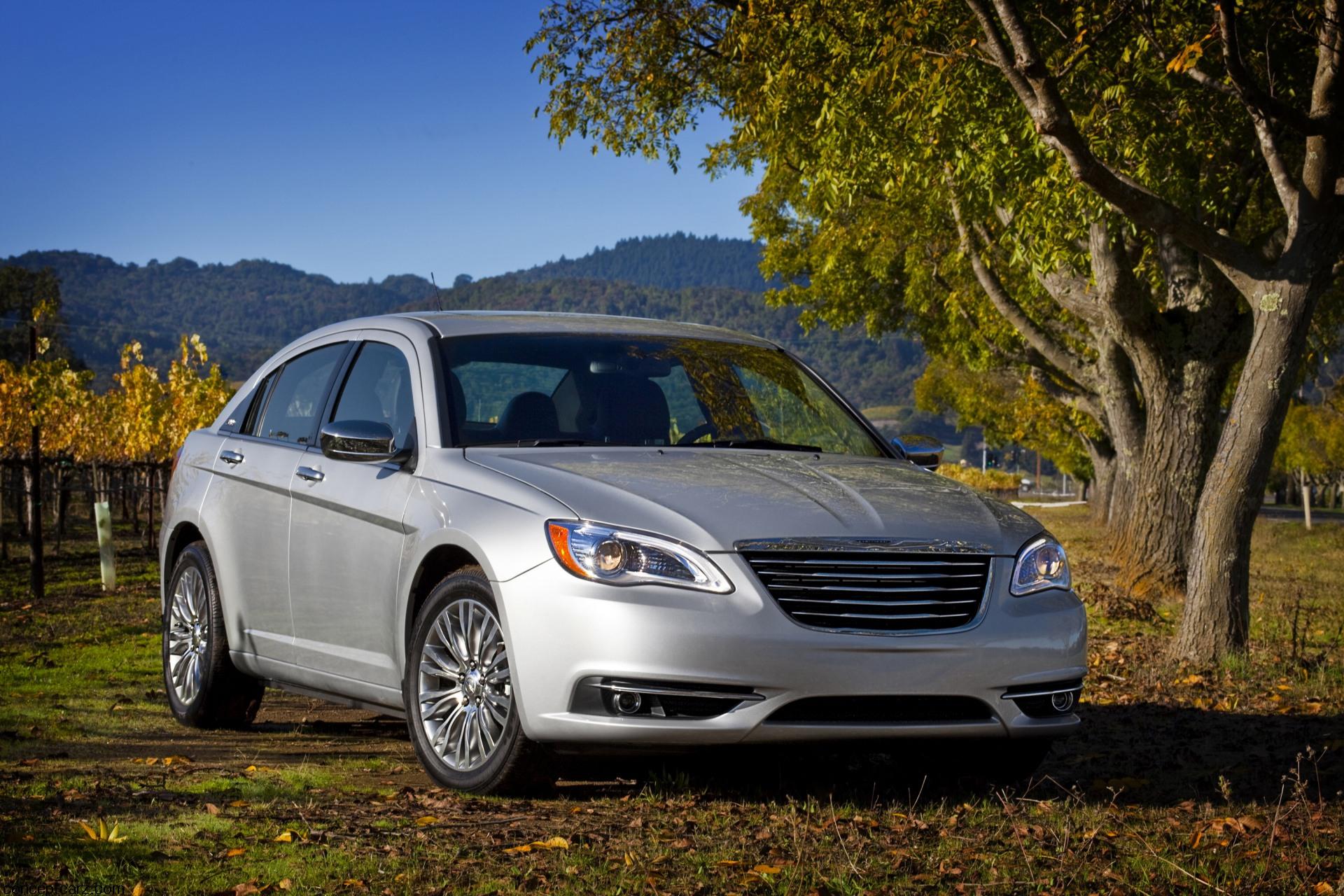
The available V6 engine, while more powerful, demonstrated its reliability issues, including cooling system problems and transmission compatibility issues.
The nine-speed automatic transmission, touted as a technological advancement, proved to be a major reliability liability, with frequent failures, harsh shifting, and complete system breakdowns that left owners stranded.
Quality control problems extended throughout the 200’s construction, with numerous reports of electrical system failures, interior component malfunctions, and premature wear of suspension and steering components.
The vehicle’s infotainment system, while feature-rich, demonstrated poor reliability and frequent software glitches that frustrated owners. Paint quality was inconsistent, and body panel fit and finish were below industry standards.
These problems were compounded by poor dealer support and inadequate warranty coverage, creating an ownership experience that drove customers away from the Chrysler brand.
The 200’s failure in the marketplace was so complete that Chrysler discontinued the model after just six years, focusing instead on SUVs and trucks, where the company had better success.
4. Cadillac Cimarron (1982-1988)
The Cadillac Cimarron stands as one of the most misguided badge-engineering exercises in automotive history, representing General Motors’ failed attempt to compete in the luxury compact car market by simply rebadging an economy car with premium trim and pricing.
Based on the Chevrolet Cavalier platform, the Cimarron was intended to attract younger buyers to the Cadillac brand, but instead alienated existing customers while failing to convince import luxury car buyers of its legitimacy.
The vehicle’s fundamental problems stemmed from GM’s assumption that superficial luxury appointments could mask the economy car underpinnings.
The Cimarron’s mechanical problems were inherited directly from its Cavalier platform, including a weak four-cylinder engine that was wholly inadequate for a luxury vehicle. The 1.8-liter engine provided poor performance and questionable reliability, while the available manual transmission was considered inappropriate for a Cadillac.
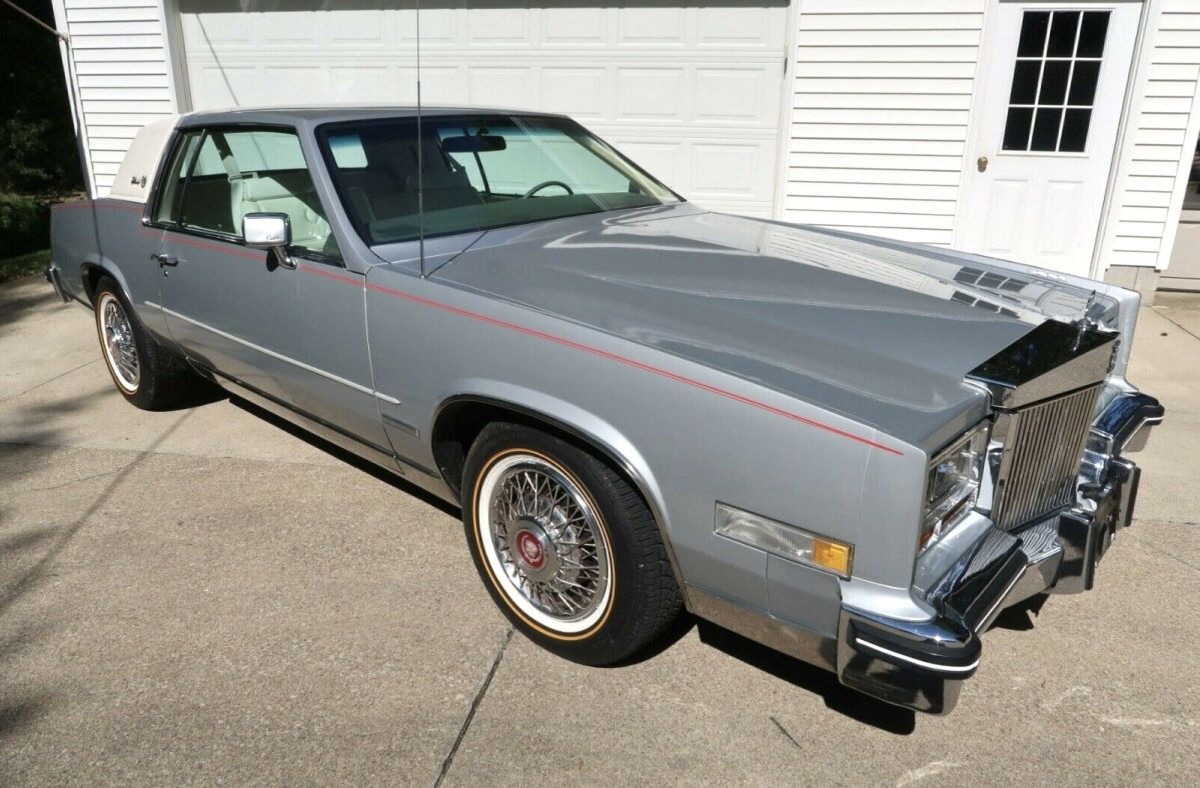
Even when GM later offered a V6 engine option, the Cimarron’s performance remained uncompetitive with genuine luxury imports. The vehicle’s suspension, while adequate for economy car applications, failed to provide the refined ride quality expected from a luxury vehicle.
Road noise, vibration, and overall refinement were significantly below luxury car standards. Quality control issues plagued the Cimarron throughout its production run, with frequent reports of electrical problems, interior component failures, and premature wear of mechanical systems.
The vehicle’s luxury appointments, including leather upholstery and wood trim, were poorly executed and demonstrated poor durability. The Cimarron’s reputation problems were compounded by its pricing, which positioned it dangerously close to genuine luxury vehicles that offered superior performance, refinement, and reliability.
The vehicle’s failure damaged Cadillac’s reputation and contributed to a perception that American luxury cars were inferior to imports, a reputation that took decades to overcome.
5. Pontiac Aztek (2001-2005)
The Pontiac Aztek represents a perfect storm of questionable design decisions, poor execution, and market misjudgment that created one of the most reviled vehicles in automotive history. Intended as an innovative crossover vehicle that would appeal to active, outdoorsy consumers, the Aztek instead became a symbol of everything wrong with American automotive design in the early 2000s.
The vehicle’s problems began with its polarizing exterior styling, which featured awkward proportions and design elements that seemed to actively repel potential buyers. The Aztek’s mechanical problems were less dramatic than its aesthetic failures but equally troubling for owners.
The vehicle’s 3.4-liter V6 engine, while adequate for basic transportation, suffered from cooling system problems and premature wear issues. The engine’s intake manifold gasket was prone to failure, creating coolant leaks that could result in expensive repairs and potential engine damage.
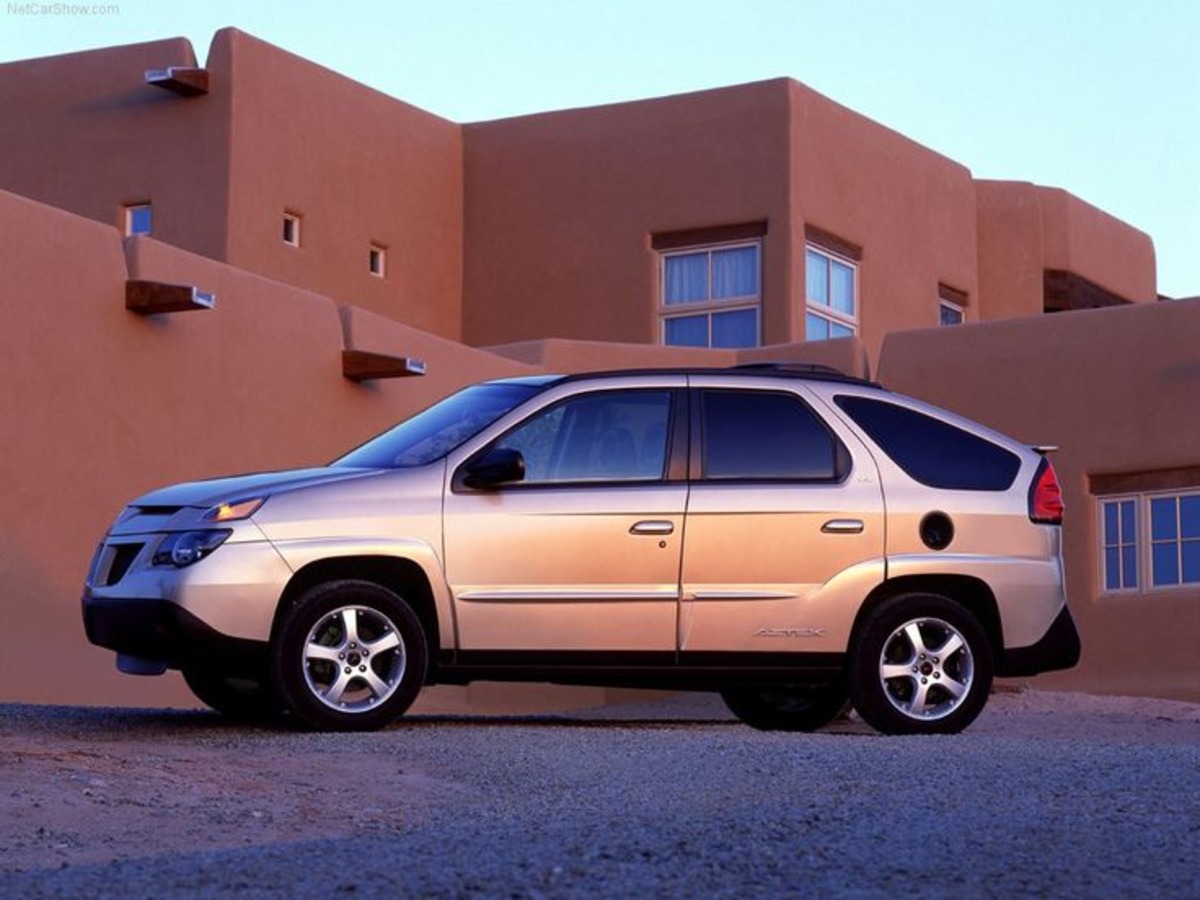
The vehicle’s electrical system demonstrated poor reliability, with frequent failures of various components including the complex all-wheel-drive system. The Aztek’s suspension components wore prematurely, while the steering system developed problems that affected both reliability and safety.
Quality control problems extended throughout the Aztek’s construction, with numerous reports of interior component failures, poor fit and finish, and premature wear of various systems.
The vehicle’s complex electronic systems, including the entertainment and navigation components, demonstrated poor reliability and frequent malfunctions. Paint quality was inconsistent, and body panel alignment was often poor.
These problems were compounded by the Azteks’ poor resale value, which made ownership even more expensive and frustrating. The vehicle’s failure in the marketplace was so complete that it became a cultural joke, referenced in popular media as an example of automotive design failure.
The Aztek’s legacy serves as a reminder that innovation without proper execution and market research can result in catastrophic failure, regardless of the manufacturer’s intentions or marketing efforts.
Also Read: 5 Million-Mile Engines You’ve Never Heard Of and 5 That Never Last Long

